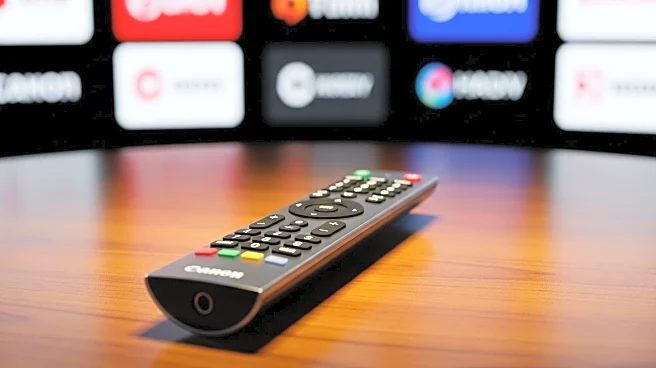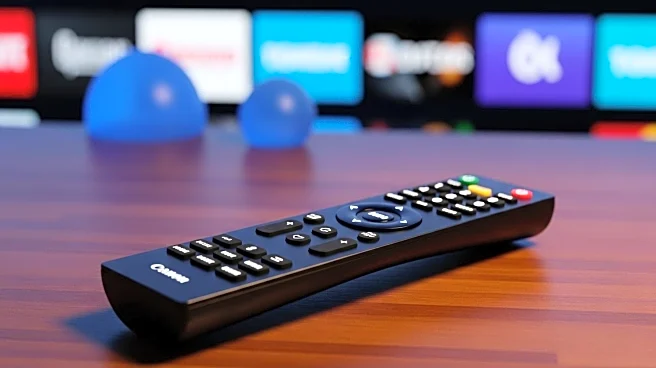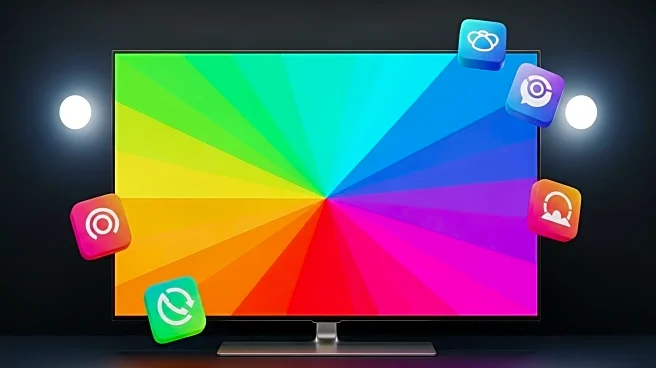What's Happening?
Major live TV streaming services, including YouTube TV, Fubo, Hulu Live, and Sling, are experiencing price increases and changes in channel lineups. These platforms offer diverse channel selections, DVR
capabilities, and no long-term contracts, appealing to cord-cutters. However, recent price hikes have affected the value proposition of these services. Fubo, for instance, has lost Warner Bros. Discovery channels, impacting its appeal to sports fans. The comparison of top 100 channels across these services highlights differences in offerings, with some platforms providing more comprehensive lineups than others.
Why It's Important?
The rising costs and changing channel lineups of live TV streaming services have significant implications for consumers seeking alternatives to traditional cable. As prices increase, consumers may reevaluate their choices, potentially leading to shifts in market share among these platforms. The loss of popular channels can affect subscriber satisfaction and retention, prompting services to reassess their content strategies. These developments underscore the competitive nature of the streaming industry, where providers must balance pricing, content offerings, and consumer preferences.
What's Next?
Consumers may need to explore different streaming options to find the best fit for their viewing preferences and budget. Streaming services might respond to these challenges by negotiating new content deals or offering promotional discounts to attract and retain subscribers. The industry could see further consolidation or partnerships as providers seek to enhance their offerings and compete effectively. Additionally, the focus on sports content may drive services to secure exclusive rights to popular events, influencing subscriber decisions.











